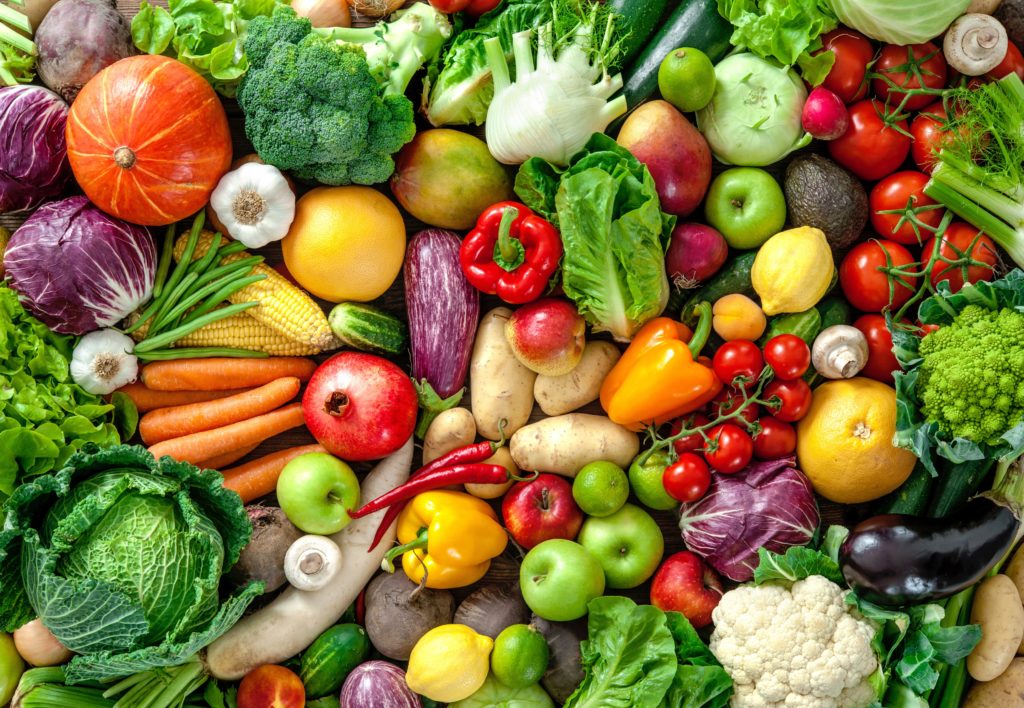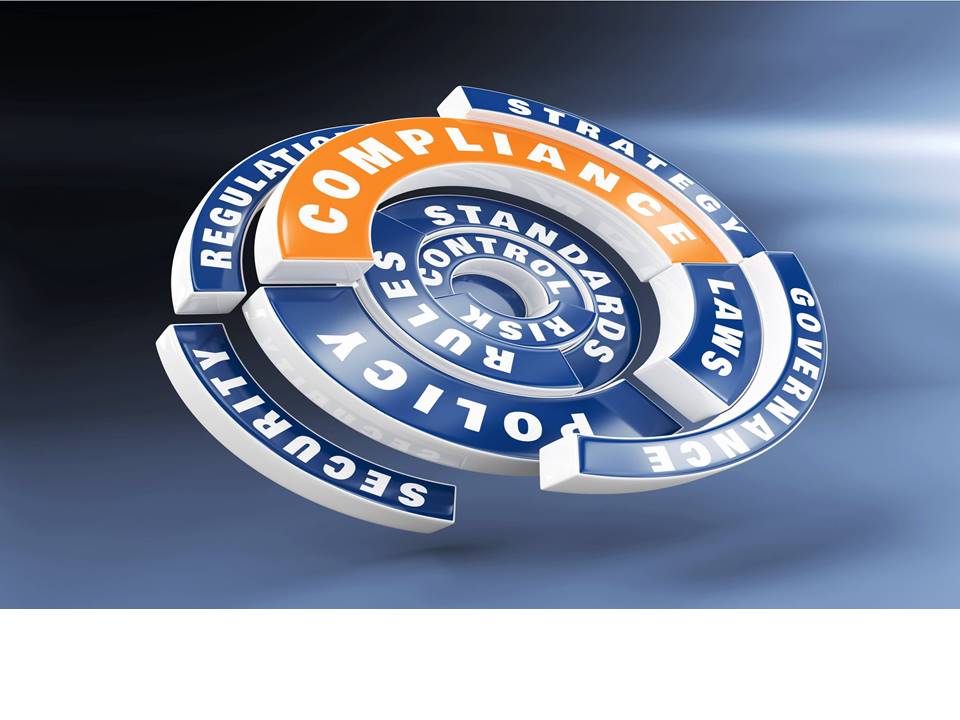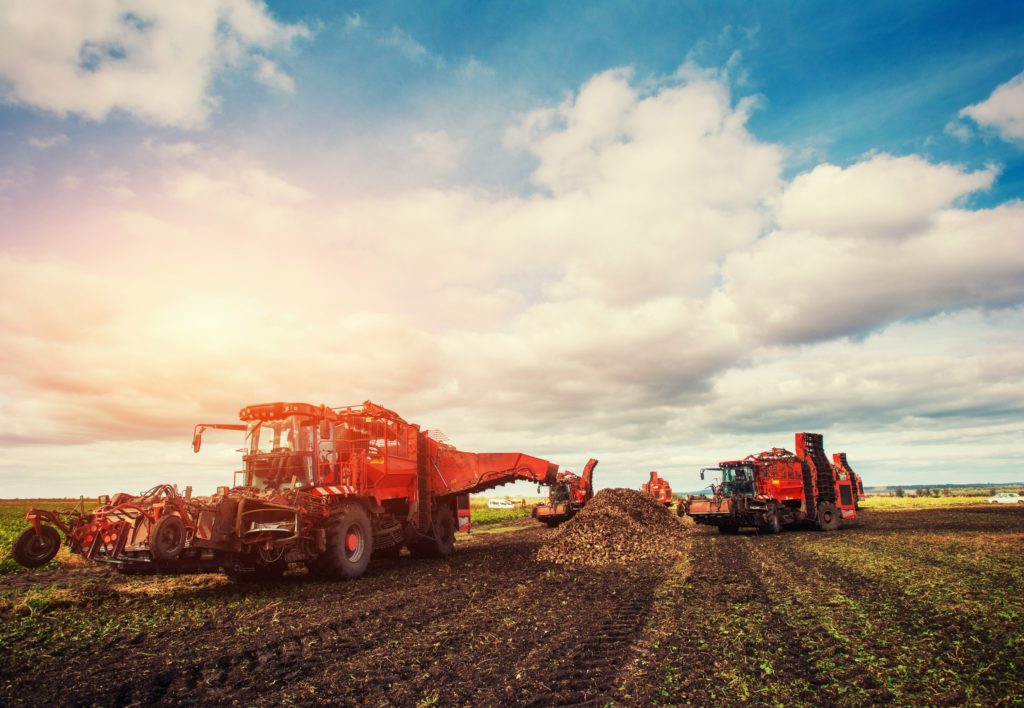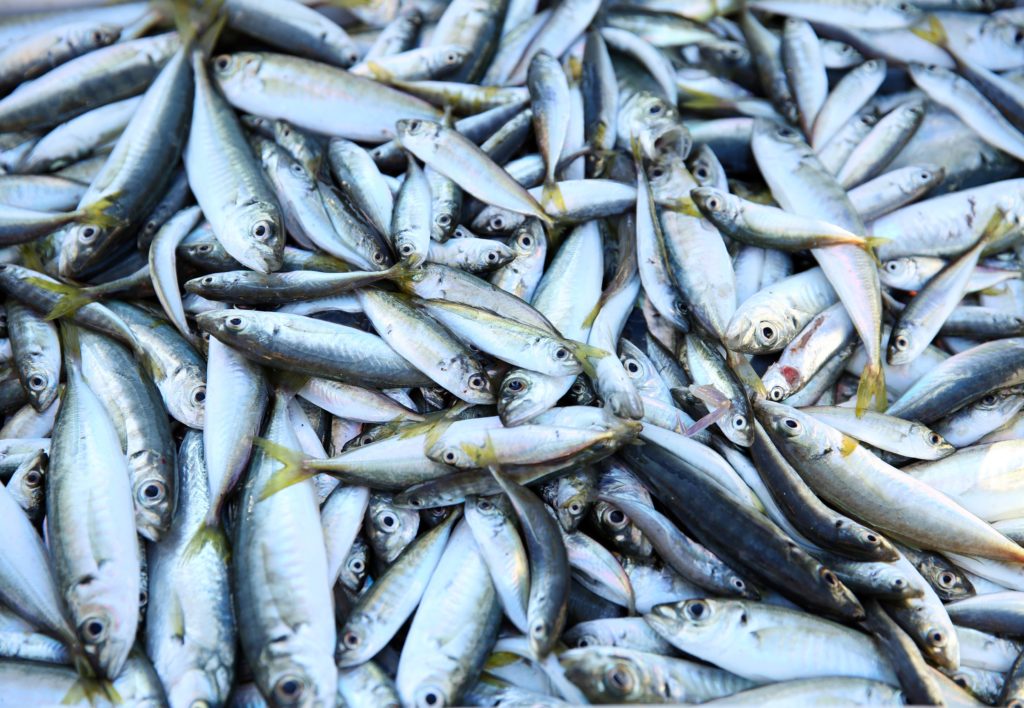Preventive Controls for Human Food
Preventive Controls for Human Food
Risk-Based Preventive Controls for Human Food
Establishing risk-based preventive controls enables you to apply a proactive and systematic approach to your food safety program through the establishment of preventive controls designed to protect your food, and the consumer, from biological, chemical (including radiological), and physical hazards.
The preventive controls final rules require that a facility verify that hazards are being controlled and take corrective action to prevent contamination. Product testing and environmental monitoring are examples of steps that a company may take for the preventive controls. A facility’s decision to conduct product testing, and to establish the frequency of such testing, will reflect a risk-based approach consistent with its hazard analysis.
Consequently, the FDA expects that facilities that produce foods that have frequently been associated with outbreaks of foodborne illness or pathogen contamination or produce ready-to-eat foods for which an effective preventive control cannot be implemented would establish product testing programs more often than facilities that do not produce such foods.
Similarly, a facility that identifies an environmental pathogen as a hazard requiring a preventive control, for example, sanitation controls, would conduct environmental monitoring. Such a facility would decide what, if any, role product testing would play as a verification activity or as part of a corrective action as a result of positive findings from environmental monitoring, based on the facility, the food, the nature of the preventive control, and the role of the preventive control in the facility’s food safety system.
FDA’s New Food Safety Law
In-Depth Coverage: Importing Food Products
- What is FDA Food Safety Modernization Act (FSMA)?
- Prior Notice of Imported Foods
- FDA Food Facility Registration
- Risk-Based Preventive Controls for Human Food
- Risk-Based Preventive Control for Animal Food
- Protect Food against Intentional Adulteration
- What is Foreign Supplier Verification Program (FSVP)?
- What is FSMA Produce Safety Rule?
Updates to the Current Good Manufacturing Practices (cGMPs)
Some provisions that used to be nonbinding, such as education and training, are now binding.
Training
Management is required to ensure that all employees who manufacture, process, pack or hold food are qualified to perform their assigned duties. Such employees must have the necessary combination of education, training, and/or experience necessary to manufacture, process, pack, or hold food that is clean and safe. Individuals must receive training in the principles of food hygiene and food safety, including the importance of employee health and hygiene as appropriate to the food, the facility, and the individual's assigned duties.
Allergen Cross-Contact
Allergen cross-contact is now explicitly included in the regulatory text of CGMPs. You are required to employ practices and procedures to control allergen cross-contact.
Human Food By-Products Used for Animal Foods
CGMPs now include a provision for holding and distribution of human food by-products that are used for animal food.
In-Depth Coverage: USDA-Regulated Products
- Importing USDA-Regulated Food Products
- Import Regulation by USDA Agricultural Marketing Service (AMS)
- Food Products – FDA or USDA Regulated
- Country of Origin Labeling
- Importing Animals, Animal Products, and Biologics into the US
- Importing Meat, Poultry, and Egg Products into the US
- Labeling and Marking of Imported Meat, Poultry, and Egg Products
- USDA National Organic Program (NOP)
- Agricultural Safeguards and USDA Licensing
Food Safety Plan
The rule requires covered food facilities to have a written food safety plan that includes a hazard analysis and preventive controls. In general, you are a covered facility if you are required to register with FDA under section 415 of the Federal Food, Drug, and Cosmetic (FD&C) Act. Section 415 of the FD&C Act requires domestic and foreign facilities that manufacture, process, pack or hold food for human or animal consumption in the United States to register with FDA.
The facility must also review portions of the food safety plan under certain circumstances, such as when a preventive control is found to be ineffective.
The overall framework is directed to a facility. Thus, the preventive controls for human food rule establish a requirement for every facility to have its own written food safety plan. Even if a corporation makes or holds similar products at separate facilities, it is unlikely that the separate facilities have exactly the same equipment and layout. Procedural instructions must be tailored to the equipment being used, and the layout of a facility including processing lines, technologies, and raw materials utilized as they will affect the approach to applying preventive controls such as allergen controls.
A Food Safety Plan (FSP) consists of the primary documents in a preventive controls food safety system that provides a systematic approach to the identification of food safety hazards that must be controlled to prevent or minimize the likelihood of foodborne illness or injury. It contains a collection of written documents that describe activities that ensure the safety of food during manufacturing, processing, packing, and holding. There is no standardized or required format for an FSP. You can use whatever format works best for your facility, provided that the FSP includes all the required information.
The FSP is a dynamic document that reflects your current hazard analysis, preventive controls, and applicable procedures. The FSP as a whole must be reanalyzed at least every 3 years. The reanalysis may be limited to the applicable portion of the FSP when you make changes to your system or equipment, when you become aware of new information about potential hazards associated with the food or your facility, when there is an unanticipated food safety problem, or when you find that a preventive control, combination of preventive controls, or the FSP itself is ineffective.
A written food safety plan includes:
Hazard Analysis
The first step is hazard identification, which must consider known or reasonably foreseeable biological, chemical, and physical hazards. These hazards could be present because they occur naturally, are unintentionally introduced, or are intentionally introduced for economic gain (if they affect the safety of the food). If the hazard analysis reveals one or more hazards that require a preventive control, the facility must have and implement written preventive controls for the identified hazards.
Preventive Controls
Facilities have the flexibility to tailor preventive controls to address hazards that occur in the products they manufacture. The preventive controls, which must be written, must be implemented to ensure that any hazards requiring a preventive control will be significantly minimized or prevented and help ensure that the food is not adulterated. The preventive control includes process controls, food allergen controls, sanitation controls, and other controls that are not described above but are necessary to ensure that a hazard requiring a preventive control will be significantly minimized or prevented.
In-Depth Coverage: Importing Medical Device
Oversight and Management of Preventive Controls
Once a facility has identified a preventive control for a hazard, the facility must make sure that the controls are being met by monitoring, corrections, corrective actions, and verification.
Supply Chain Program
Manufacturers must have and implement a risk-based supply chain program if the hazard analysis identifies a hazard that (1) requires a preventive control and (2) the control will be applied in the facility’s supply chain. Facilities do not need to have a supply-chain program if they control the hazard in their own facility, or if a subsequent entity (such as another processor) will control the hazard and the facility follows applicable requirements.
Manufacturers are responsible for ensuring that raw materials and other ingredients requiring a supply-chain-applied control are received only from approved suppliers, or on a temporary basis from unapproved suppliers whose materials are subject to verification activities before being accepted for use. Suppliers are approved by the facility after the facility considers several factors, such as a hazard analysis of the food, the entity that will be controlling that hazard, and supplier performance.
Another entity in the supply chain, such as a broker or distributor, can conduct supplier verification activities, but the receiving facility must review and assess that entity’s documentation that they verified the supplier’s control of the hazard.
Recall Plan
If the hazard analysis identifies a hazard requiring a preventive control, the facility must have a written recall plan that describes the procedures to perform a recall of the product. The recall plan must include procedures to notify consignees, to notify the public when necessary, to conduct effectiveness checks and to appropriately dispose of the recalled product.
Preventive Controls Qualified Individuals (PCQI)
A preventive controls qualified individual is someone who has successfully completed certain training in the development and application of risk-based preventive controls or is otherwise qualified through job experience to develop and apply a food safety system. The written food safety plan required of food facilities must be prepared, or its preparation overseen, by one or more preventive controls qualified individuals. And the preventive controls qualified individual is charged with overseeing the validation that preventive controls are capable of controlling identified hazards and the records review.
How are the preventive controls rules different from the Hazard Analysis and Critical Control Points (HACCP) system?
The Hazard Analysis and Critical Control Points systems that many FDA-regulated manufacturers have in place are the foundation of the preventive controls regulations. Although there are similarities between the FSMA preventive controls requirements and the HACCP system, not every provision is identical. For example, in HACCP systems, controls are applied at critical control points (CCPs), whereas preventive controls include controls at CCPs or controls other than those at CCPs that are appropriate for food safety.
Quick Link To U.S. Customs & Import Requirements
FDA-Regulated Products and Import Requirements
- What is Food Safety Modernization Act (FSMA)?
- Prior Notice of Imported Foods
- Food Facility Registration
- Risk-Based Preventive Controls for Human Food
- Risk-Based Preventive Control for Animal Food
- Standards for the Growing, Harvesting, Packing, and Holding of Produce for Human Consumption
- What is Foreign Supplier Verification Program (FSVP)?
- Protect Food against Intentional Adulteration
- FDA Regulated Product in Foreign Trade Zone (FTZ)
- Entry Review Process for FDA Regulated Products
- Country of Origin VS Country of Manufacture
- Foods Regulated by FDA or USDA: What is the Difference?
- Label and Labeling Claims for Conventional Food and Dietary Supplements
- What is USDA Country of Origin Labeling (COOL)?
- Import for Export of FDA Regulated Products
- FDA Regulated Products in Personal Baggage or Sending by Mail or Courier
- International Mail Facility (IMF) and FDA Regulation
- Importing Biological Product Regulated by CBER
- Importing Cosmetics and Voluntary Cosmetic Registration Program (VCRP)
- Importing Drugs into the U.S.
- Importing OTC Drugs into the U.S.
- Importing Veterinary Drugs into the U.S.
- Importing Tobacco Products into the U.S.
- Importing Medical Devices into the U.S
- Importing Food Products into he U.S.
- Importing Radiation-Emitting Products into the U.S.
Customs Clearance and Import Requirements
- Entry of Imported Merchandise
- What is Section 321 Entry?
- What is Automated Commercial Environment (ACE)
- What is an Automated Broker Interface (ABI)?
- Who is Ultimate Consignee?
- What is Non-Resident Importer Program?
- Country of Origin of Imported Merchandise
- What is the Country of Assembly?
- What if the FDA's Country of Manufacture?
- Marking of Country of Origin on U.S. Imports
- What is Customs Bond?
- Reconciliation Prototype and Bond Rider
- Who Needs a Customs Broker?
- What is Customs Ruling Program?
- Classification of Imported Goods
- How is imported merchandise appraised?
- What are Import Quotas?
- What are Trade Remedy Duties?
- Antidumping Duty (AD) and Countervailing Duty (CVD)
- What is Foreign Trade Zone (FTZ)?
- What is Importer Security Filing (ISF)?
- What is Temporary Importation under Bond (TIB)
- What is In-Bond Process?
Guidance on customs & logistics solution for traditional and e-commerce importers and exporters
Importer Security Filing (ISF)
An ISF is required when cargo (ocean only) laden on vessel at a foreign port is destined for shipment to the U.S. Under ISF rule, some importing information and details regarding cargo must be transmitted to the CBP at least 24 hours before goods are loaded onto the vessel.
Customs Clearance
All goods imported into the U.S. are required to be declared to CBP. Our customs broker will help you stay in compliance with customs laws and regulations and clear your goods quickly and efficiently with our electronic Automated Commercial Environment (ACE) and Automated Broker Interface (ABI) Single Window System.
Freight Forwarding
Looking for a freight forwarding partner? To move your cargo from its current location through customs to its final destination we will partner with you to find the best way for your business. Whatever your transportation, logistics or customs clearance needs, we will do our best to customize a solution for your needs.
Warehousing & Distribution
Our warehouse facility offers great potential for serving as a regional hub with over 145,000 SF storage capacity close to Los Angeles Airport & Los Angeles/Long Beach Sea port. With our extensive experience in freight services, your import/export cargo will be handled quickly and effectively.
Section 321 Entry
Section 321 entry allows importing free of duty and tax for shipments imported by one person on one day having a fair retail value in the country of shipment not more than $800. We provide our resident and non-resident clients with dedicated ACE eManifest solutions for Section 321 entry of all modes of transportation.
Non-resident Importer Program
If you want to sell your products in U.S. marketplaces, but you are a business owner located outside of the U.S. and do not have an entity or presence in the U.S., you need to be established as a Foreign Importer of Record before your products can be imported into the U.S. We can help you.
E-Commerce
The Internet has made it easy to find and purchase items from almost anywhere in the world. Our e-commerce experts will help you find the right solution for your international transportation, customs clearance, and delivery to your final destination. We also provide value-added repackaging, warehousing and distribution services.

















